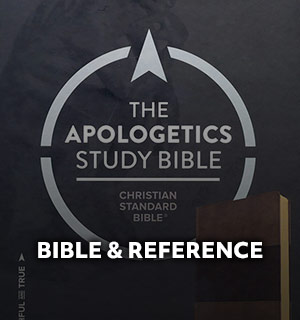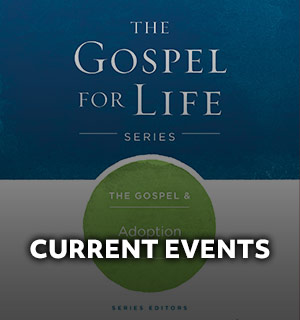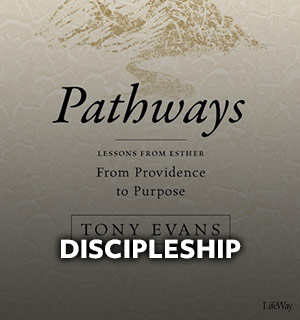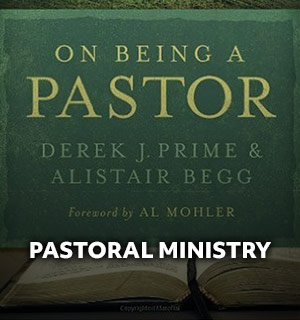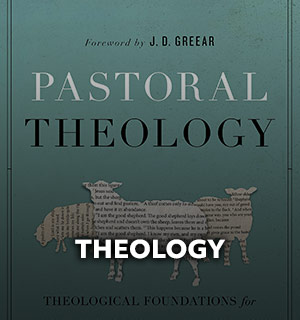By Lisa Green
Americans are abandoning Christianity at a dizzying rate. Young people increasingly say religion just isn’t important. Those who claim no faith at all are on the verge of becoming the nation’s largest religious group.
Yet for evangelicals, the latest survey of the American religious landscape reveals bright spots that few other faiths can claim in an increasingly secular culture.
Evangelicals have gained as many as 5 million followers since 2007, the Pew Research Center’s 2014 report on religion in America shows, while most major religious groups have declined.
Some evangelicals have left the faith—but more have joined, leaving other religions behind. Young adults are just as likely to hold evangelical beliefs as they were seven years earlier—something no other large Christian group can say.
“Evangelicals have adapted somewhat more successfully to the trends” found in the research, said Dr. John C. Green, political science professor at the University of Akron and senior adviser for the Pew study.
For most churches, those trends are decidedly disturbing. The Christian share of the U.S. population dropped from 78.4 percent in 2007, when Pew first conducted the study, to 70.6 percent in 2014.
Though the decline was sharpest among young adults, it appeared across the board—among the middle-aged and the elderly, in all regions of the country, at all education levels and among all races.
Researchers struggled to explain why evangelical Protestants aren’t following the same pattern.
Ed Stetzer, executive director of Lifeway Research, attributes the trend to society’s changing attitudes toward the unchurched. People who once called themselves Christian to avoid disapproval now feel free to declare themselves unaffiliated. In other words, nominal Christians are becoming “nones.”
“Pastors need not despair as if their members are running out the door with their hair on fire. They aren’t,” Stetzer said.
“What pastors may begin to notice is those people who attended rarely may stop showing up at all. But there is good news on the other side. Those members who are convictional Christians will continue being committed, and that number is growing somewhat.”
Here are nine important takeaways for evangelicals from the Pew research:
1. Evangelicals are now a clear majority of Protestants. In the 2014 study, 55 percent of Protestants identified with evangelical churches, up from 51 percent in 2007.
2. But Protestants are no longer a majority of the population. Seven years ago, just over half of U.S. adults considered themselves Protestants. Now, that figure has dropped to 46.5 percent.
3. The “nones” are nipping at evangelicals’ heels. Evangelicals, 62 million strong, remain the nation’s largest religious group—but those who claim no religion are not far behind. The 56 million “nones” are in second place and growing much more rapidly.
4. Not all evangelicals attend evangelical churches. While only a quarter of Americans identify with evangelical churches, 35 percent of U.S. adults describe themselves as born again or evangelical—up from 34 percent in 2007.
Fully half of all Christians consider themselves evangelical or born again, including 27 percent of mainline Protestants, 22 percent of Catholics, and 18 percent of the Orthodox.
5. When people change faiths, they tend to go evangelical. “The evangelical Protestant tradition is the only major Christian group in the survey that has gained more members than it has lost through religious switching,” the survey noted.
6. Evangelicals are holding on to their young people. About two-thirds of those raised in the evangelical tradition are staying in the faith—a rate surpassed within Christianity only by the historically black church.
7. Most evangelicals marry within the faith. Among evangelicals who were married or living with a partner, three-quarters had a mate of the same religion—a factor Green cited as helping evangelicals defy the odds. Only Hindus, Mormons and Muslims had higher rates.
8. Evangelicals are becoming more diverse. Nearly a quarter of evangelicals are non-white, up from 19 percent in 2007. Compared to some other faiths, evangelicals “have been more successful in attracting non-white adherents—African-Americans, Hispanics, Asians and so forth,” Green noted.
9. More evangelicals are nondenominational. Baptists remain the largest share of the Protestant population, but nondenominational churches are the fastest growing segment. Pentecostals and Adventists also saw increases.
LISA GREEN (@lisaccgreen) is the senior writer for Facts & Trends.


